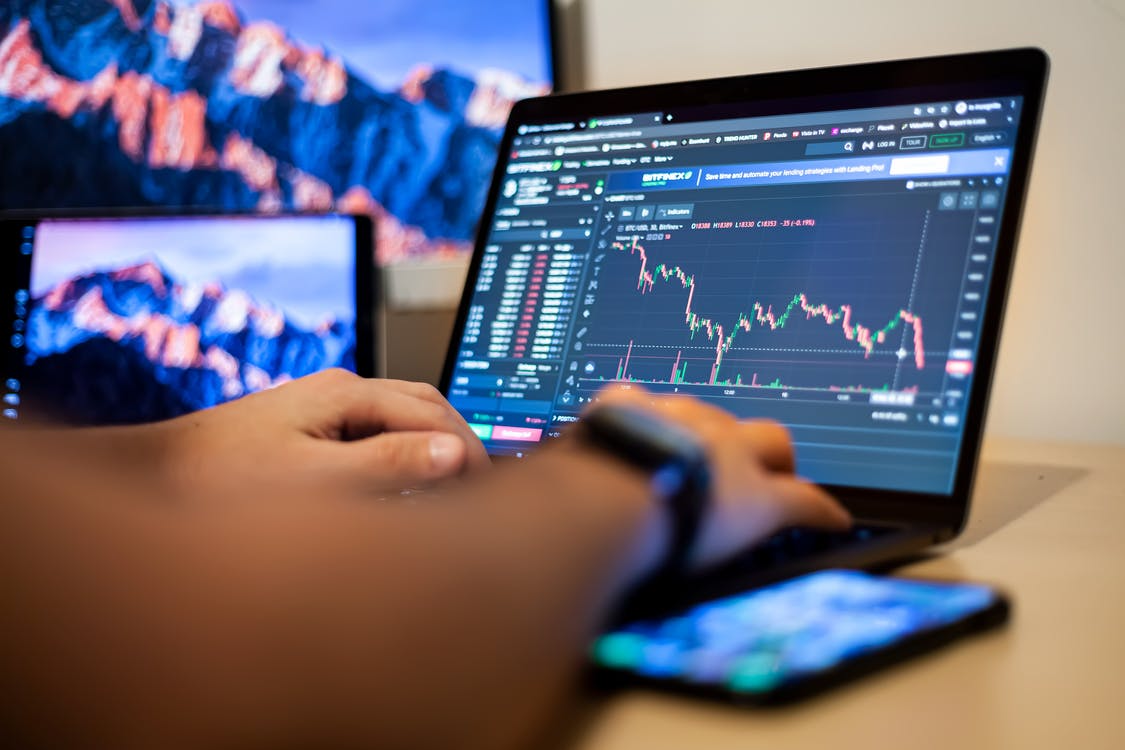News Blast
Your daily source for breaking news and insightful articles.
Currency Conundrums: Solving the Forex Puzzle
Unlock the secrets of Forex trading! Discover strategies and insights to conquer currency conundrums and boost your profits today!
Unlocking the Secrets of Currency Pairs: A Beginner's Guide to Forex
Understanding currency pairs is essential for anyone looking to delve into the world of Forex trading. A currency pair essentially represents the value of one currency against another, and it's fundamental to the trading process. The first currency in the pair is known as the base currency, while the second is the quote currency. For example, in the pair EUR/USD, the Euro is the base currency and the US Dollar is the quote currency. When trading, you are essentially speculating whether the base currency will strengthen or weaken against the quote currency.
There are three main categories of currency pairs: major pairs, minor pairs, and exotic pairs. Major pairs involve the most traded currencies like the USD, EUR, and JPY, and are typically characterized by high liquidity and lower spreads. Minor pairs, on the other hand, do not involve the USD and can present higher volatility and spreads. Lastly, exotic pairs combine a major currency with a currency from a developing market, which can lead to significant price fluctuations and risks. By grasping these concepts, beginners can better navigate the complexities of the Forex market.

The Impact of Global Events on Currency Exchange Rates: What You Need to Know
The impact of global events on currency exchange rates is profound and multifaceted. Events such as political instability, economic policy changes, natural disasters, and even global pandemics can lead to significant fluctuations in currency values. For instance, a major election in a country can create uncertainty, causing traders to react by either buying or selling currencies based on anticipated outcomes. Additionally, economic indicators like unemployment rates and GDP growth can influence investor confidence, leading to volatility in the foreign exchange market.
Understanding how these global events affect currency exchange rates is essential for investors and businesses alike. It is vital to monitor news and economic forecasts, as these can provide insights into potential movements in the market. Furthermore, employing strategies such as hedging or diversifying investment portfolios can mitigate risks associated with sudden changes in currency values. By staying informed and adapting to the evolving landscape of global finance, one can better navigate the complexities of currency trading.
How to Develop a Winning Forex Trading Strategy: Tips and Techniques
Developing a winning Forex trading strategy is crucial for success in the highly volatile currency market. To start, it's important to identify your goals and risk tolerance. Begin by setting clear objectives that outline your desired gains and acceptable losses. Consider creating a trading plan that includes specific trading hours, currency pairs to focus on, and the type of analysis you'll employ. Utilizing a combination of fundamental analysis and technical analysis can help you make informed decisions in your trading activities.
Once you have established a clear plan, the next step is to implement and test your strategy through demo trading. This practice allows you to refine your approach without risking real money. Backtesting your strategy with historical data can also provide insights into its potential effectiveness. Additionally, pay attention to keeping a trading journal where you document your trades, emotions, and outcomes. This will help you analyze your performance, adjust your strategy as necessary, and ultimately lead to developing a winning Forex trading strategy.